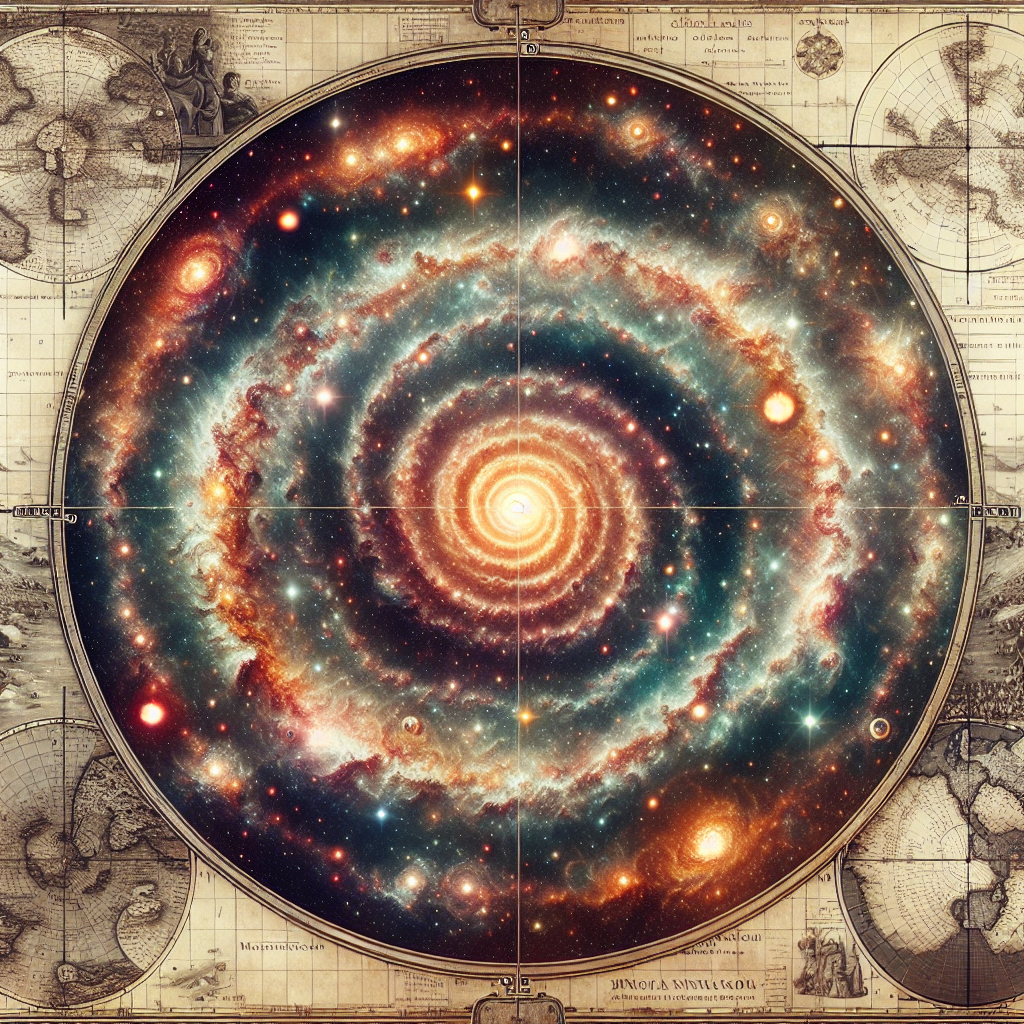NGC 256: A Cosmic Jewel in the Southern Sky
Picture this: a cosmic object tucked away in the vast expanse of the Tucana Constellation, whose existence explains the grandeur and complexity of our universe. It sounds like the premise of a science fiction story, right? But here we are, standing on the precipice of learning more about a fascinating star cluster known as NGC 256. Discovered by the Scottish astronomer James Dunlop in 1826, NGC 256 is an open cluster that dwells elegantly in the Small Magellanic Cloud (SMC), a neighboring dwarf galaxy.
The Small Magellanic Cloud, located approximately 200,000 light-years from Earth, provides a dim but steady beacon in the Southern Hemisphere's sky. And right there, nestled within, is NGC 256. What makes this cluster captivating isn't merely its existence but what it represents in the cosmic neighbourhood. It offers an awe-inspiring glimpse into stellar evolution and the life cycles of stars.
Unlocking the Secrets of the Small Magellanic Cloud
The Small Magellanic Cloud acts as a natural laboratory for astronomers. Its relative proximity to our Milky Way galaxy and its clear view from our Southern Hemisphere vantage point make it an ideal place to study stellar phenomena. Through state-of-the-art telescopes and advanced imaging technologies, scientists have been able to unlock numerous secrets about stellar formation by studying clusters like NGC 256.
Open clusters such as NGC 256 consist predominantly of young stars, which are formed from the same molecular cloud and are gravitationally bound. This property makes them valuable for probing into the intricacies of star formation and stellar evolution.
The Significance of NGC 256
NGC 256, while small in stature compared to some of the larger clusters we know, punches well above its weight in terms of scientific value. Its place within the SMC means that it shares its environment with a galaxy that has a lower metallicity than the Milky Way. Metals are vital for forms of chemical reactions in star formation, and observing their impact, or lack thereof, helps astronomers make hypotheses about stellar evolution in different environments.
Although NGC 256 contains fewer stars than larger clusters, each star tells an intricate tale of cosmic evolution. Observing these stars, composed mostly of hydrogen and helium, aids astronomers in predicting how stars evolve and eventually perish by supernova, contributing to the galactic dust from which future generations of stars may be birthed.
Mapping Stellar History
One of the most fascinating aspects of examining clusters like NGC 256 is the potential to map some portions of our universe's history. Due to light travel time, when we gaze at these stars, we're essentially looking into the past! As light from NGC 256's stars travels the vast distance to reach us, it offers a snapshot of these stars as they were tens of thousands of years ago.
This cosmic time machine is not just fascinating; it is scientifically gold. Observations of NGC 256 help in creating stellar population models that are used to extrapolate data on galaxy formation and even the eventual fate of our own Milky Way galaxy.
The Joy of Stargazing
Imagine standing beneath the clear Southern Hemisphere sky, armed with a trusty telescope, ready to take in the cosmic spectacle that is NGC 256. With today's technology, both professional astronomers and enthusiastic amateurs can marvel at this alien cluster of stars, connecting our small blue planet with the vast, unexplored wonders of the universe.
Seeing it in person provides more than just a twinkling spectacle. It's a poignant reminder of the curiosity and quest for knowledge that drives humanity. The same urge that propelled James Dunlop into the night sky in 1826 nudges today's scientists to climb ever higher up the ladder of cosmic understanding.
Cosmic Optimism: Humanity's Journey into the Stars
If the story of NGC 256 teaches us anything, it's the importance of maintaining an optimistic mindset in the face of the unknown. The discoveries made around it are testaments to human perseverance and our insatiable curiosity. Each cluster, each star, and each mystery solved contributes to a more complete picture of the cosmos, allowing us all to look up, wonder, and dream.
In essence, studying entities like NGC 256 transcends the act of scientific inquiry. It’s a journey, a love letter from the universe itself, reminding us of our place in the grand cosmic tapestry, and the uncharted knowledge still awaiting us in the stars.
In our endless quest to understand the universe, let NGC 256 serve as a reminder: Keep looking up, keep asking questions, and never stop reaching for the stars!

